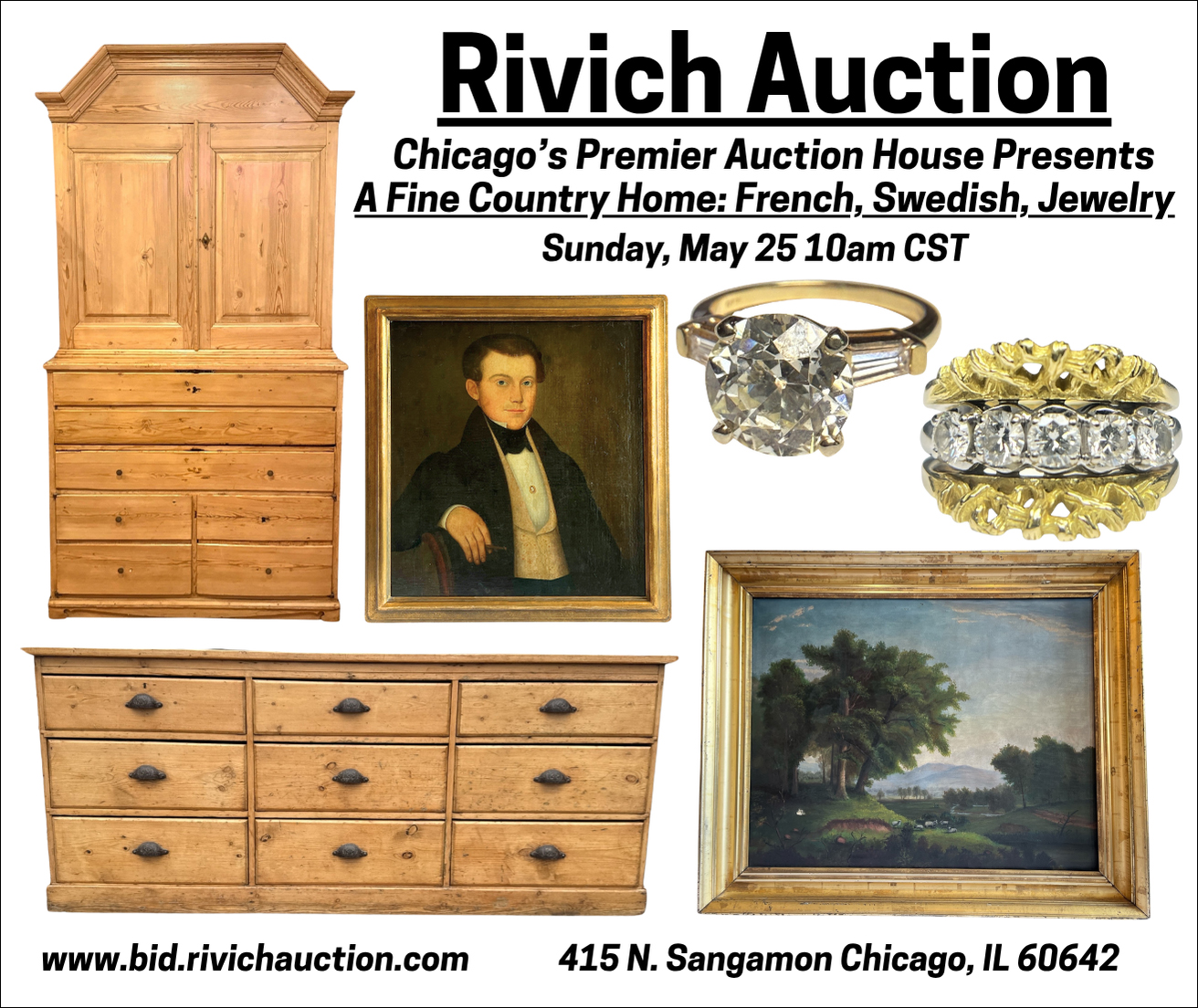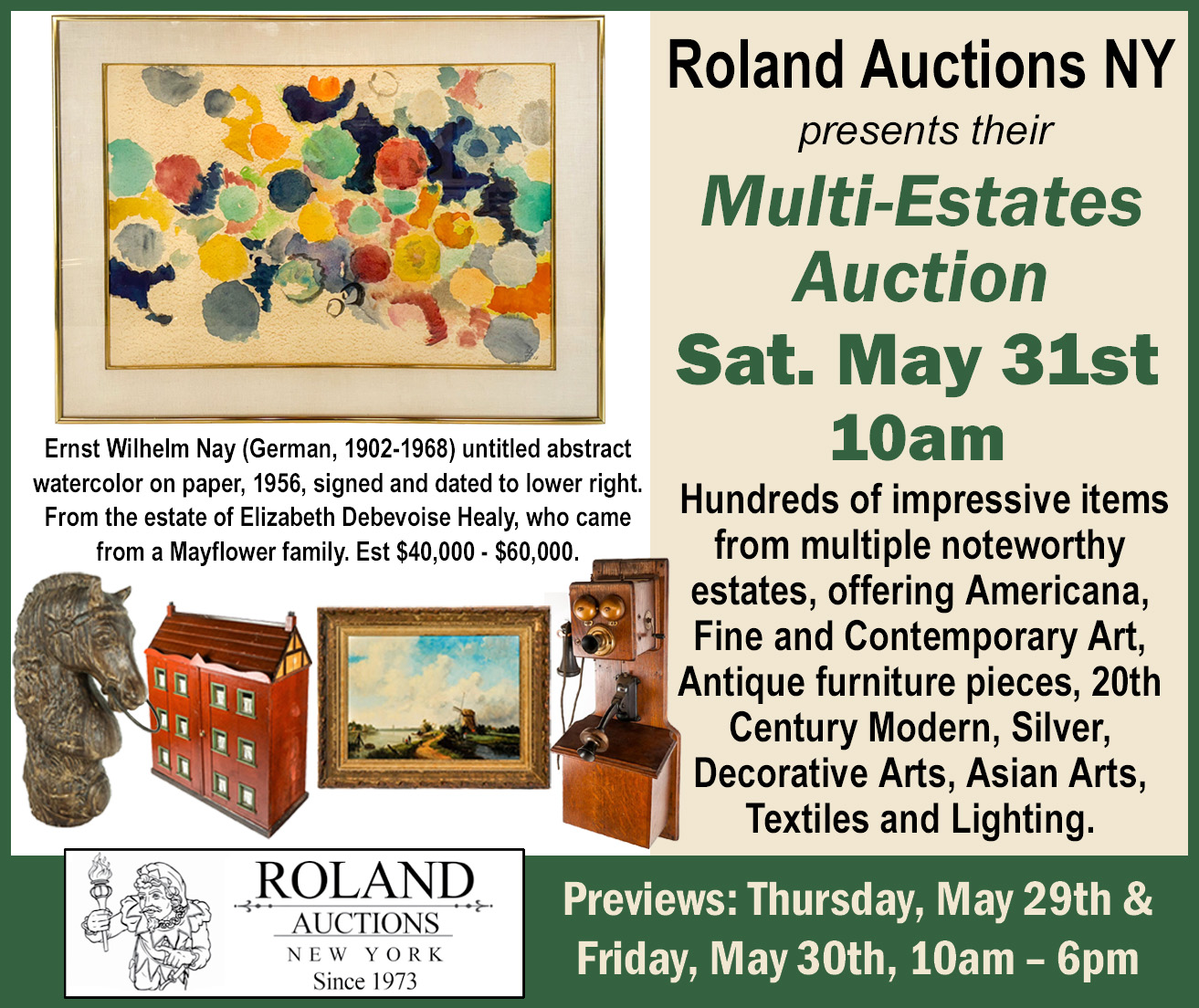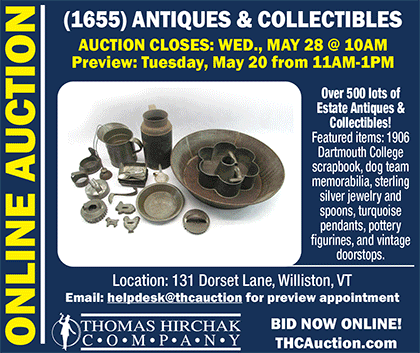The International Fine Print Dealers Association Fair
November 6th, 2013
|
This Polly Apfelbaum (b. 1955) woodblock monoprint was the first piece of art viewers encountered upon walking into the fair. It sold. Measuring 79" x 79", Empress Theodora, 2013, was a show-stopper at Durham Press’s booth. The dealer priced the unique piece at $33,000, framed. The artist’s prices have gone up. Durham Press, located in Durham, Pennsylvania, also sold prints by Beatriz Milhazes, Chitra Ganesh, Hurvin Anderson, James Nares, and Emil Lukas. “We had a great fair,” said Ann Marshall, who said Apfelbaum’s work was bought by a private collector.
Paulson Bott Press, Berkeley, California, displayed two works by Thornton Dial (b. 1928). Lady Holding Bird, 1994, a pastel and graphite on Arches softwhite, measuring 22" x 30", was $7500, framed. The other work (not shown) was Lady Holding a Long Neck Bird; it had the same dimensions and price.
The Old Print Shop is a hometown favorite in New York City. (They also own the Old Print Gallery in Washington, D.C.) This print by B.J.O. Nordfeldt (1878-1955) is one of the artist’s earliest surviving white-line woodcuts. Teatime in Morocco, 1916, unsigned, inscribed with artist’s name on back, is 10" x 9 1/8". Brian Newman asked $95,000 for it. He explained that Nordfeldt taught the white-line woodcut process to Blanche Lazzell, and although Nordfeldt tired of the process, Lazzell took to it and embraced it.
The Banjo Lesson, circa 1893, by Mary Cassatt (1844-1926), a drypoint and aquatint with monotype inking on two plates on blue laid paper, was offered by David Tunick Inc., New York City. It was one of three important aquatints displayed at the booth. It is signed in pencil lower right and measures 11 5/8" x 9¼". It was priced at $450,000.
Ada Gilmore (1883-1955) was one of the original artists who pioneered the “white-line Provincetown woodcut” medium, along with Blanche Lazzell. Shown here is a rare double-sided carved block (bottom) accompanied by the impression, untitled(Provincetown Christmas), 1915. The impression depicts three women standing in front of the Silva family fish store in Provincetown. Mary Ryan, of the eponymous New York City gallery, asked $50,000 for both. “They look so modern together,” she stated. Her booth was consistently busy. |
New York City
Print lovers lined up on the dot of five o’clock as the doors to the Park Avenue Armory opened. The much-anticipated International Fine Print Dealers Association (IFPDA) fair seduced thousands of seasoned and new collectors during its run over Veterans Day weekend, November 6-10, 2013.
The show had a steady crowd. Lots of red dots were scattered over the walls of the booths of the 89 dealers who participated—65 from North America and 24 from Europe. Works were by old masters and by contemporary artists, some of whom had new editions premiering at the fair.
Also premiering at the fair was Artsy.net, which previewed the fair on line a week before it opened. The user-friendly site allowed viewers to see and buy prints priced at under $5000, for example, and offered an organized way to view prints by dealer, price, artist, genre, and time period.
“Artsy is a wonderful idea,” said a representative from R.S. Johnson Fine Art, Chicago. Not too long ago, “it seemed like a far-flung idea to buy art without seeing it in person. To get a preview and start thinking about what’s here is fantastic,” she stated. “Our Internet sales are up.”
Artsy.net had a physical presence at the fair as well. Its booth, located next to the café, was manned by young tech-savvy employees. Their aim was to appeal to a new demographic for the IFPDA—“new young collectors,” explained Izzy Lee, content partner liaison at Artsy.net. At the same time, the goal was to appeal to longtime print collectors “who are new to Artsy,” she added.
What made this fair fun was the enthusiasm and passion for collecting generated by both exhibitors and viewers. Out-of-town dealers opened their wallets to stock up on their inventories. Museum curators walked through the aisles taking notes and making dinner plans with colleagues.
Collectors of old master prints could be seen flipping through boxes of prints, sometimes for hours. There were times the armory felt like one huge library—quiet, scholarly, intense.
The booths that featured contemporary works exuded an altogether different ambiance, however. “Put me down for one,” declared a tall, leggy blonde, pointing to a screenprint proof of Gold Barbra by Deborah Kass (b. 1952), displayed at Mary Ryan Gallery, New York City. The booth was buzzing with people during the fair.
The show covered nearly 500 years of printmaking from 16th-century engravings to woodcuts, etchings, lithographs, and works completed in 2013 by contemporary artists. Works from old masters, Japanese artists, 19th-century American masters, European Impressionists, American and European Modernists, and postwar artists could be viewed at the
IFPDA’s 20th fair.
What is a fine print? According to a fact sheet provided by the association, it is a work of art created by hand. It is not a mechanical reproduction or copy of a drawing or painting. The artist makes the print by drawing or carving a composition on a hard surface such as a woodblock, metal plate, or stone. The surface is then inked by hand, and by applying pressure, the composition is transferred to paper or another material. This creates the “impression” or print. Prints are often made in multiple impressions, with each one pulled by hand from the inked surface.
Many prints are approachable and buyable. Some works at the fair hovered at $1000, but some had prices that were in the hundreds of thousands of dollars.
William Weston Gallery, London, offered a Picasso pencil portrait of Jacqueline, from 1956, for $60,000. The drawing, done on zinc, was numbered 61 from an edition of 100 and signed in red chalk.
William P. Carl Fine Prints, Durham, North Carolina, featured several American artists. A Harry Gottlieb (1895-1992) screenprint, Rock Drillers, a rare WPA print, was on reserve at $4500 the first hour of the preview. Other artists shown at the stand included Blanche Lazzell, Benton Spruance, and Rockwell Kent.
Works by Mary Cassatt could be seen at Hill-Stone, New York City; R.S. Johnson, Chicago; David Tunick, New York City; and C.G. Boerner, New York City and Dusseldorf. Prices for these ranged from tens of thousands of dollars to over half a million.
Thornton Dial, an Outsider artist from Bessemer, Alabama, had two pastel and graphite drawings at Paulson Bott Press, Berkeley, California.
Susan Sheehan Gallery, New York City, displayed works by David Hockney, Cy Twombly, Jasper Johns, and Roy Lichtenstein, among others. On a small easel atop a desk in the booth was Evening Wind by Edward Hopper, an etching from 1921, edition unknown. The asking price was $135,000.
There were a few red dots on items displayed by the Old Print Shop, New York City, and an illustrious visitor, the widow of Will Barnet, came by to say hello and look around. “You have one of the best booths I’ve seen,” she said to Brian Newman of the gallery. Works sold included a 1949 Stow Wengenroth lithograph of Grand Central Station, priced at $12,500; Snow on the “El” by Martin Lewis (1881-1962), 1931, priced at $60,000; and a 1931 lithograph by Stuart Davis (1892-1964), Theatre on the Beach, priced at $60,000.
Dolan/Maxwell, Philadelphia, had a “fantastic show.” By the second day of the fair, the contemporary and modern print dealer had sold a Judith Rothschild (1921-1993) white-line woodcut; I Know My Stuff by Dox Thrash (1893-1965), priced at $45,000; and Night and Day by Stanley William Hayter (1901-1988), priced at $16,000.
The opening night preview benefited the IFPDA Foundation, a four-year-old charitable organization that supports exhibitions and projects to increase appreciation of fine prints.
This year’s Richard Hamilton Acquisition Prize, sponsored by the Boston-based executive search firm ChampionScott Partners, was awarded to the British Museum. The $10,000 prize money was used to purchase a 1985 linocut by Ida Applebroog, along with a collection of the artist’s books, A Performance. Both were displayed at the fair at Diane Villani Editions, a New York City publisher and dealer in prints by American artists. The British Museum is planning for an upcoming 2016 exhibition of modern American prints from the 1960’s to the present.
Further information on the fair can be found at (www.ifpda.org).
|
|
|
|
|
|
Originally published in the February 2014 issue of Maine Antique Digest. © 2014 Maine Antique Digest
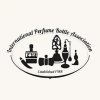


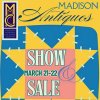


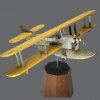

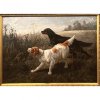

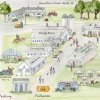
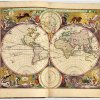




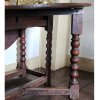


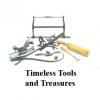




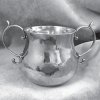





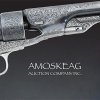

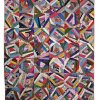
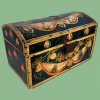


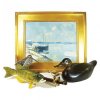

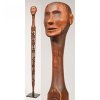








 “It’s like walking into another century,” declared a visitor to Hill-Stone’s booth, which was filled with old master prints and drawings from 1500 to 1925. Lesley Hill stands behind her husband, Alan Stone. The private dealers have recently moved to South Dartmouth, Massachusetts, but maintain a presence in New York City.
“It’s like walking into another century,” declared a visitor to Hill-Stone’s booth, which was filled with old master prints and drawings from 1500 to 1925. Lesley Hill stands behind her husband, Alan Stone. The private dealers have recently moved to South Dartmouth, Massachusetts, but maintain a presence in New York City. Robert Brown Gallery, Washington, D.C., sold this Henri Matisse (1869-1954) lithograph. The signed and numbered work from an edition of 50, Femme au Collier, 1925, had an asking price of $35,000. The image measures 22" x 17½".
Robert Brown Gallery, Washington, D.C., sold this Henri Matisse (1869-1954) lithograph. The signed and numbered work from an edition of 50, Femme au Collier, 1925, had an asking price of $35,000. The image measures 22" x 17½". These Josef Albers (1888-1976) screenprints filled one wall at Alan Cristea Gallery. When a 20-year-old visitor to the London dealer’s booth saw them, she declared, “I want that one and that one and that one and that one.” The screenprints, on German etching paper, were made between 1966 and 1972. They ranged in price from $8500 to $9800. On a contiguous wall, the gallery displayed two screenprints by Anni Albers (1899-1994), Josef’s wife.
These Josef Albers (1888-1976) screenprints filled one wall at Alan Cristea Gallery. When a 20-year-old visitor to the London dealer’s booth saw them, she declared, “I want that one and that one and that one and that one.” The screenprints, on German etching paper, were made between 1966 and 1972. They ranged in price from $8500 to $9800. On a contiguous wall, the gallery displayed two screenprints by Anni Albers (1899-1994), Josef’s wife.
